Stuff
I finally got my 2014 tax info off to the accountant. And I am almost done with the National Trust Memberships for the UK Puffins and Gannets IPT. I thought that that ordeal was complete but I got an e-mail on Friday morning that my credit card did not go through so I need to call them back….
This blog post, the 162nd in a row, took nearly three hours to prepare was published a bit after 8:00am on Friday June 19. I was simply too tired last night to finish it.
The Interactive Blog…
There are lots of questions in this blog post. All photographers can learn a ton, even those who will never ever photograph a dance recital. The more folks who leave a comment the more everyone will learn, especially with regards to the exposure questions.
Used Photography Gear
Steve Torna’s Canon EF 400mm f/5.6L USM Lens and his EF Extender 1.4X II (Teleconverter) sold for the full asking price in one day. Though the shelves are nearly bare right now there are still a few great items left at fair prices. See the complete listings here.
|
This image was created at the Hanken School of Dance Recital in Frostproof, FL on June 13 with the hand held Canon EF 70-200mm f/2.8L IS II USM lens (at 125mm) and the Canon EOS 5D Mark III. ISO 800. Evaluative metering -1/3 stop: 1/640 sec. at f/2.8 in Av Mode. Three AF points up from the center AF point/One Shot/Rear Focus Spot AF as framed was active at the moment of exposure (as is always best when hand holding). The active AF point was on Maya’s right shoulder. Click here to see the latest version of the Rear Focus Tutorial. Click on the image to see a larger version. Image #1: Maya Dancing in white |
The Hanken School of Dance Recital
My only granddaughter (I have three grandsons), Maya Egenstener, daughter of Jennifer and Erik, has been taking dance lessons for about seven years. As you can see in the four images of her here, she loves it. And she is quite good. Image #8 reminds me that I started photographing her when she was one of the precious, much-too-cute tiny tots.
Exposure Question
Why -1/3 stop for image #1?
|
This image was created at the Hanken School of Dance Recital in Frostproof, FL on June 13 with the hand held Canon EF 70-200mm f/2.8L IS II USM lens (at 130mm) and the Canon EOS 5D Mark III. ISO 800. Evaluative metering +1/3 stop: 1/160 sec. at f/2.8. 65-Point Automatic Selection/AI Servo/Shutter Button AF as framed was active at the moment of exposure (as is always best when hand holding). The AF system selected an array of 5 active points that fell on Maya’s torso. Click on the image to see a larger version. Image #2: Maya in light green standing pose |
Why own the 70-200mm f/2.8L IS II if you own the 100-400 II?
Being able to work at f/2.8 in extreme low light conditions saves you 2 stops of ISO and can allow relatively fast shutter speeds as in nearly all of today’s images. Most of today’s images were created at ISO 800; had I been working with a 100-400 I would have had to have been at ISO 3200 to achieve the same shutter speed. No matter how good the high ISOs on a given camera are, you’d need to have your head examined if you chose ISO 3200 over ISO 800. And while today’s example are from an indoor dance recital, there are times in bird and and nature photography when the same principles apply. If you are working with tame birds or large mammals in extremely low light, the 70-200mm f/2.8L IS II is often the clear choice over even the new 100-400 II.
Though I own the 100-400 II, I am not and will not be selling my 70-200 f/2.8….
|
This image was created at the Hanken School of Dance Recital in Frostproof, FL on June 13 with the hand held Canon EF 70-200mm f/2.8L IS II USM lens (at 125mm) and the Canon EOS 5D Mark III. ISO 800. Evaluative metering +1/3 stop: 1/200 sec. at f/2.8 in Av Mode. 65-Point Automatic Selection/AI Servo/Shutter Button AF as framed was active at the moment of exposure (as is always best when hand holding). The AF system selected an array of 5 active points that fell on Maya’s near thigh. Click on the image to see a larger version. Image #3: Maya in light green in repose |
Losing the Red…
Because of the color of the lighting, all of the images were way too warm at AWB. I batch converted all of them in DPP 4 at K3300. In Photoshop, I reduced the RED and YELLOW saturation for each image about 10-15 points. I was happy with the color balance in each image.
Exposure Question
Why was +1/3 stop right for images #2 and #3?
|
This image was created at the Hanken School of Dance Recital in Frostproof, FL on June 13 with the hand held Canon EF 70-200mm f/2.8L IS II USM lens (at 200mm) and the Canon EOS 5D Mark III. ISO 800. Evaluative metering at zero: 400 sec. at f/2.8. 65-Point Automatic Selection/AI Servo/Shutter Button AF as framed was active at the moment of exposure (as is always best when hand holding). The AF system selected a single point that fell on Maya’s hairline. Click on the image to see a larger version. Image #4: Maya as showgirl |
Your Favorite?
Which of the four images of Maya is your favorite? Please let us know why?
Exposure Question
Why no plus compensation for Image #4?
|
This image was created at the Hanken School of Dance Recital in Frostproof, FL on June 13 with the hand held Canon EF 70-200mm f/2.8L IS II USM lens (at 110mm) and the Canon EOS 5D Mark III. ISO 800. Evaluative metering +1/3 stop: 1/320 sec. at f/2.8 in Av mode. 65-Point Automatic Selection/AI Servo/Shutter Button AF as framed was active at the moment of exposure (as is always best when hand holding). The AF system selected an array of 2 active points in the top row that fell squarely on Erik’s face and glasses. Click on the image to see a larger version. Image #5: Maya’s Dad Erik in the Dad’s Dance |
The Dad’s Dances
For as long as I can remember, Jennifer’s husband Erik has danced a dance with Maya and participated in all the Dad’s Dances as well. Kudos to Erik. Jen and Erik met on Great Gull Island while they were working as volunteer tern researchers; it is hard to believe that that was a bit more than a quarter of a century ago….
|
This image was created at the Hanken School of Dance Recital in Frostproof, FL on June 13 with the hand held Canon EF 70-200mm f/2.8L IS II USM lens (at 115mm) and the Canon EOS 5D Mark III. ISO 800. Evaluative metering +2/3 stop: 1/10 sec. at f/2.8. 65-Point Automatic Selection/AI Servo/Shutter Button AF as framed was active at the moment of exposure (as is always best when hand holding). The AF system selected 2 active points that fell on the near-thigh of the upper dancer. Click on the image to see a larger version. Image #6: Dancer/Acrobat Silhouette |
Shoot Now, Ask Question Later
When you see a potentially good image that might be there only for a fleeting second, push the shutter button. If you stop to make changes in your settings you will miss the opportunity nine out of ten times. I followed my own advice to create a lovely, slightly motion-blurred silhouette at a shutter speed of 1/10 sec. Not many would have recommended such a slow shutter speed. With the next frame in the series, the lights had come up. I am glad that I did not hesitate….
|
This image was created at the Hanken School of Dance Recital in Frostproof, FL on June 13 with the hand held Canon EF 70-200mm f/2.8L IS II USM lens, the Canon Extender EF 1.4X III, (at 180mm) and the Canon EOS 5D Mark III. ISO 1600. Evaluative metering +1/3 stop: 1/200 sec. at f/4. 65-Point Automatic Selection/AI Servo/Shutter Button AF as framed was active at the moment of exposure (as is always best when hand holding). The AF system selected a single active points that fell squarely on the dancers’s face. Click on the image to see a larger version. Image #7: Excited young dancer |
65-Point Automatic Selection…
Though most of the images presented here were made with 65-Point Automatic Selection and were pretty sharp, I will try to remember next year to go with Expand and will make an effort to get the selected AF point on the dancer’s face. The former approach is faster and more versatile, the latter should yield images that average a bit sharper.
|
This image was created at the Hanken School of Dance Recital in Frostproof, FL on June 13 with the hand held Canon EF 70-200mm f/2.8L IS II USM lens (at 150mm) and the Canon EOS 5D Mark III. ISO 800. Evaluative metering at zero: 1/320 sec. at f/2.8 in Av Mode. 65 Point Automatic Selection/AI Servo/Shutter Button AF as framed was active at the moment of exposure (as is always best when hand holding). The AF system selected three AF points scattered around the center AF point. Click on the image to see a larger version. Image #8: The little ones connecting |
f/2.8???
Many folks shy away from f/2.8 in fear of not having enough depth of field. They forget the fact that depth of field increases as the camera to subject distance increases. As each of today’s images was made at distances ranging from 30 to 60 feet or so, there was sufficient depth of field to render the subject or subjects reasonably sharp.
Your Favorite?
Which of today’s images is your absolute favorite? Please let us know why you made your choice.
Be sure to like and follow BAA on Facebook by clicking on the logo link upper right. Tanks a stack!
Support the BAA Blog. Support the BAA Bulletins: Shop B&H here!
We want and need to keep providing you with the latest free information, photography and Photoshop lessons, and all manner of related information. Show your appreciation by making your purchases immediately after clicking on any of our B&H or Amazon Affiliate links in this blog post. Remember, B&H ain’t just photography!
Amazon.com
Those who prefer to support BAA by shopping with Amazon may use this link:
Amazon Canada
Many kind folks from north of the border, eh, have e-mailed stating that they would love to help us out by using one of our affiliate links but that living in Canada and doing so presents numerous problems. Now, they can help us out by using our Amazon Canada affiliate link by starting their searches by clicking here. Many thanks to those who have written.
Typos
In all blog posts and Bulletins, feel free to e-mail or to leave a comment regarding any typos or errors. Just be right :).

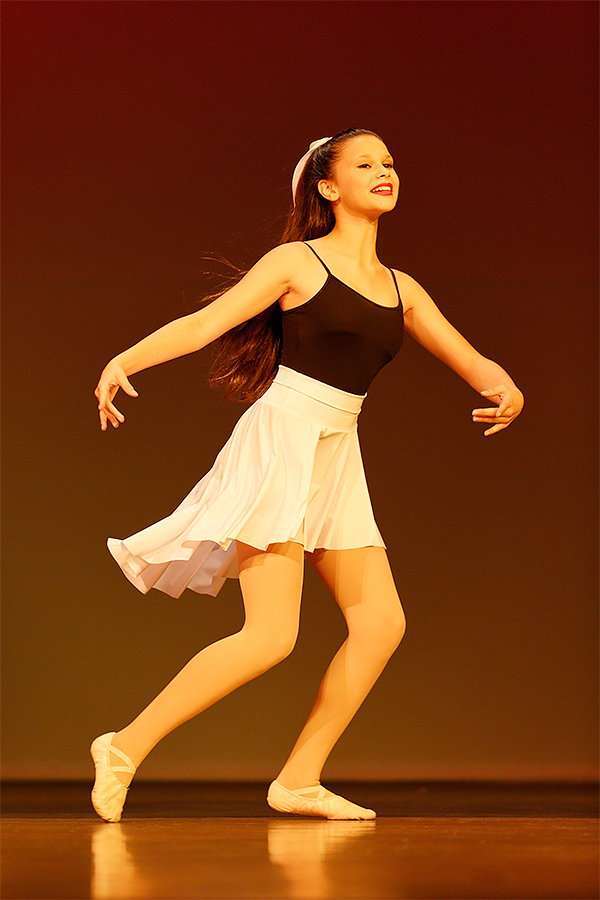
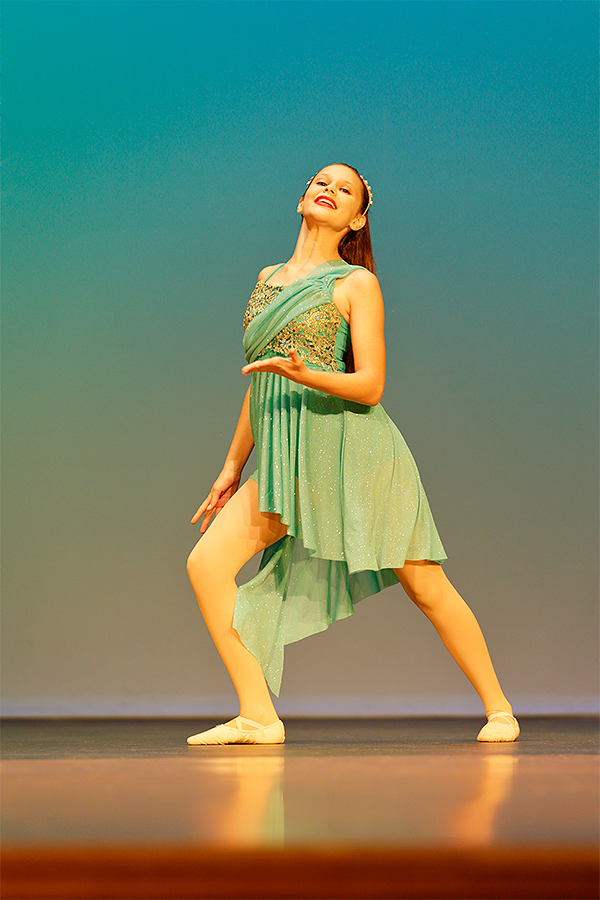
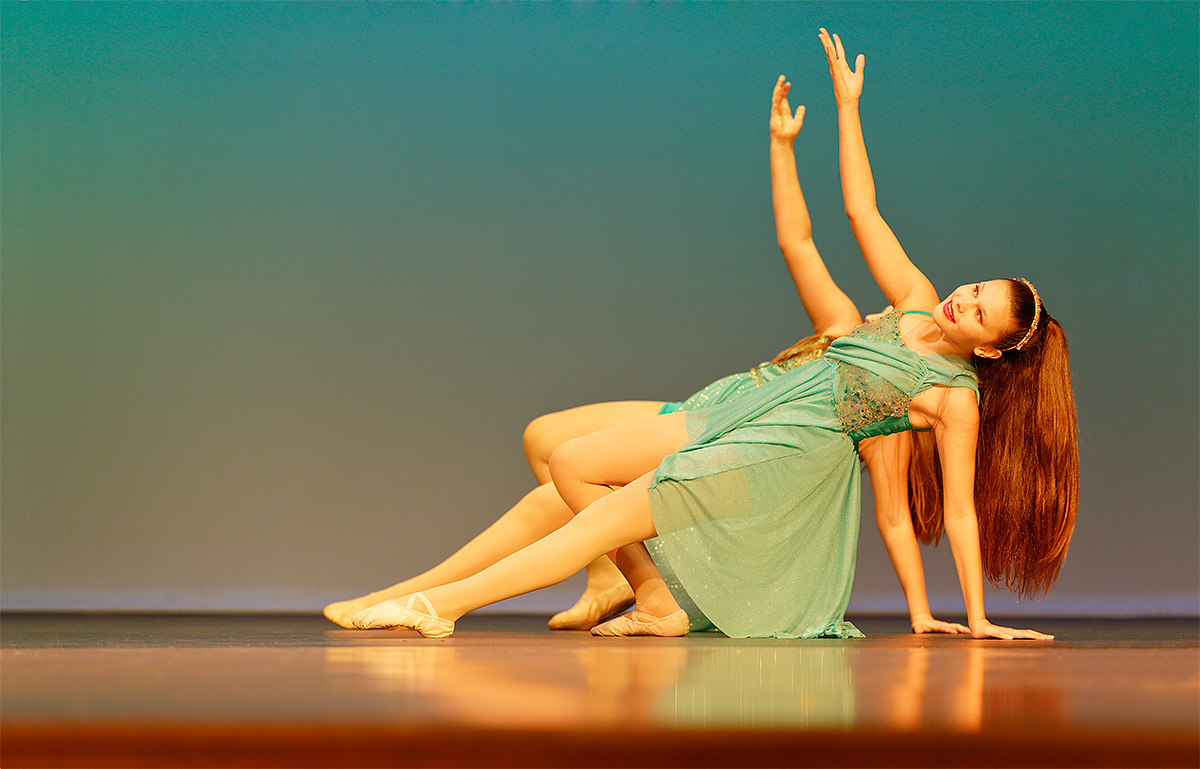
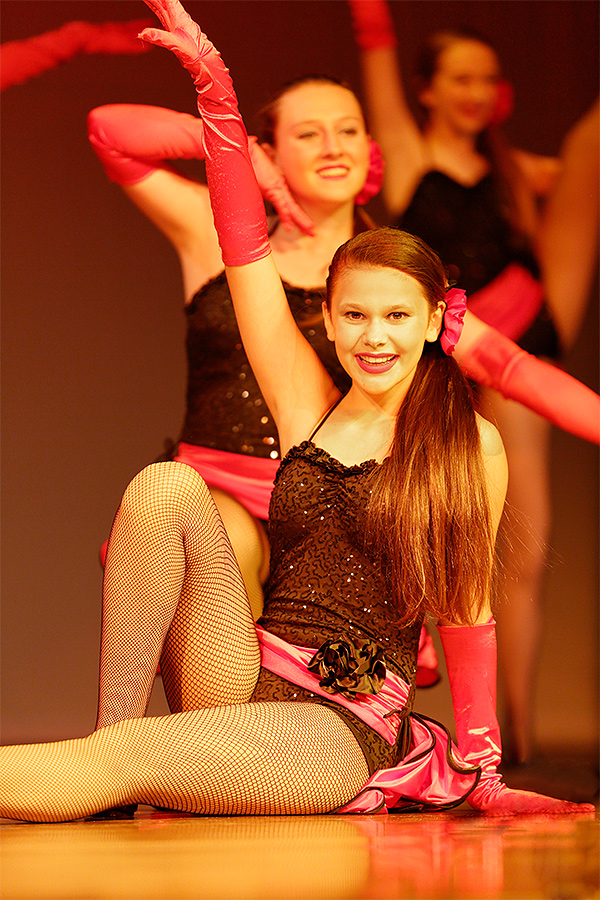
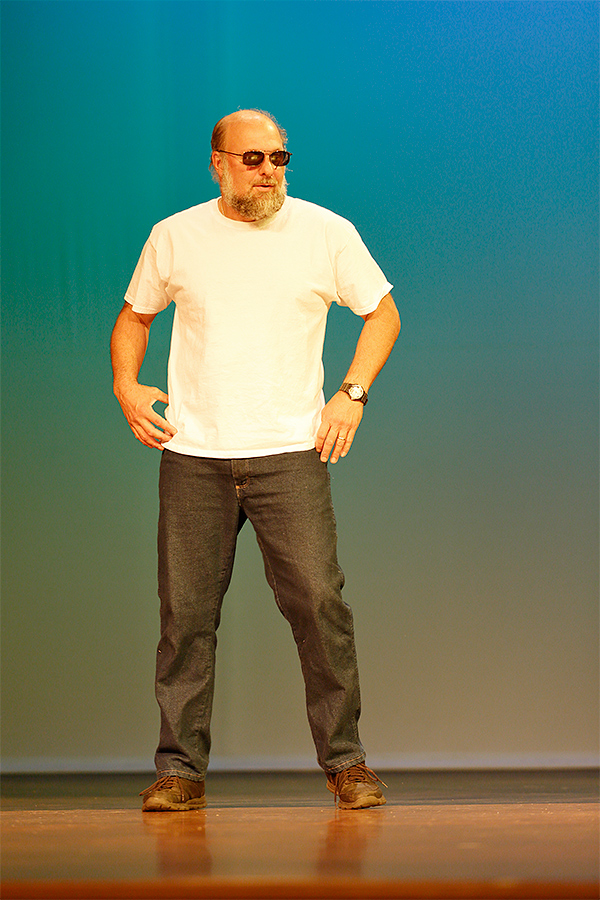
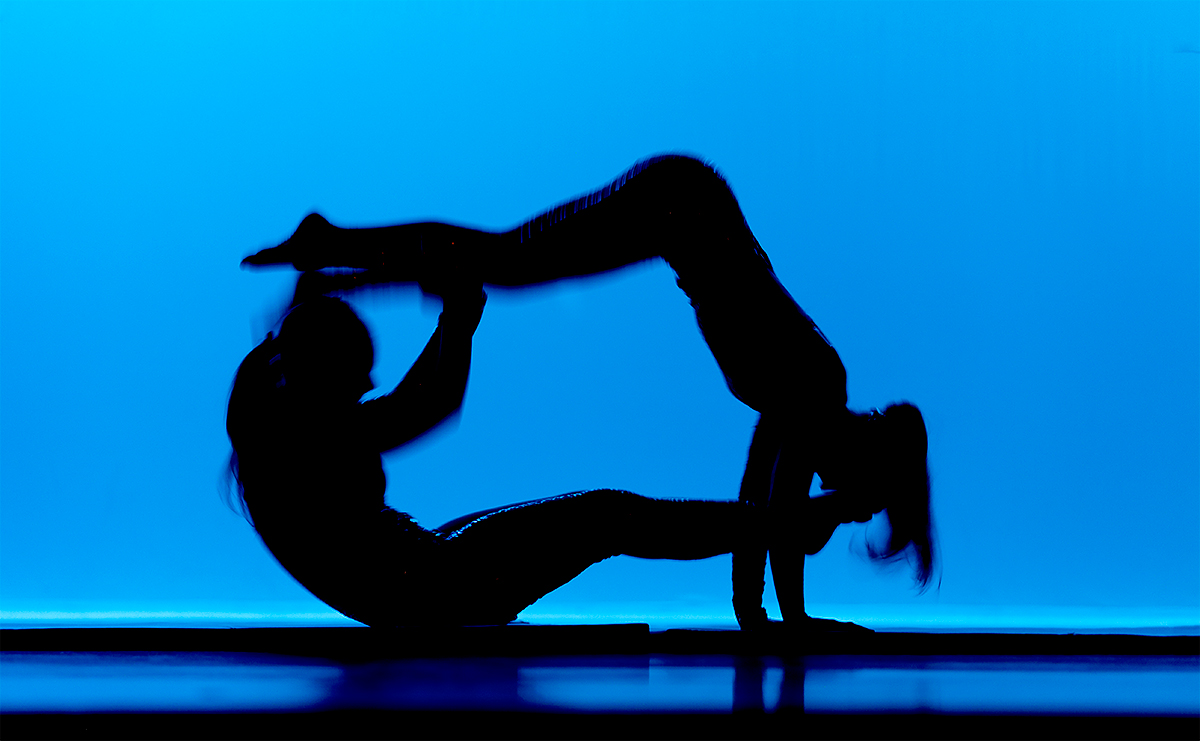
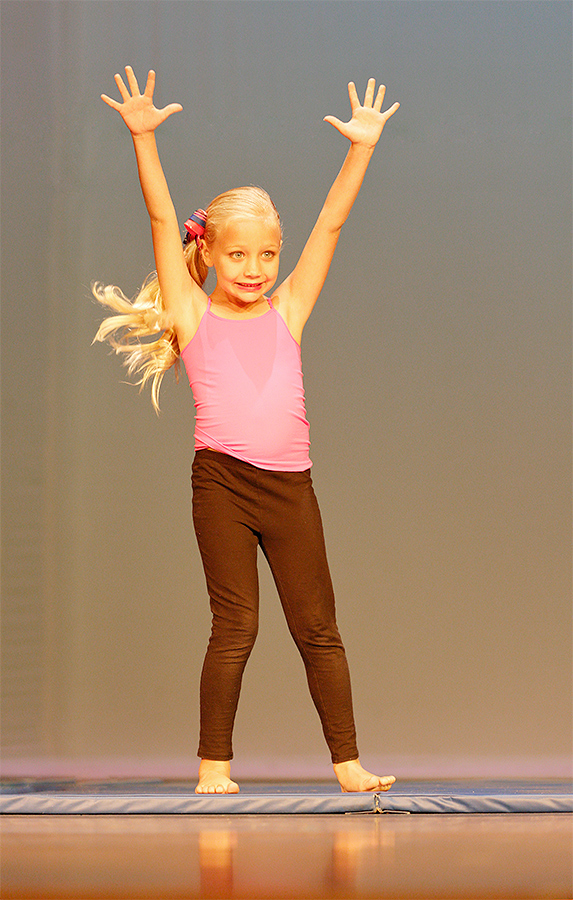
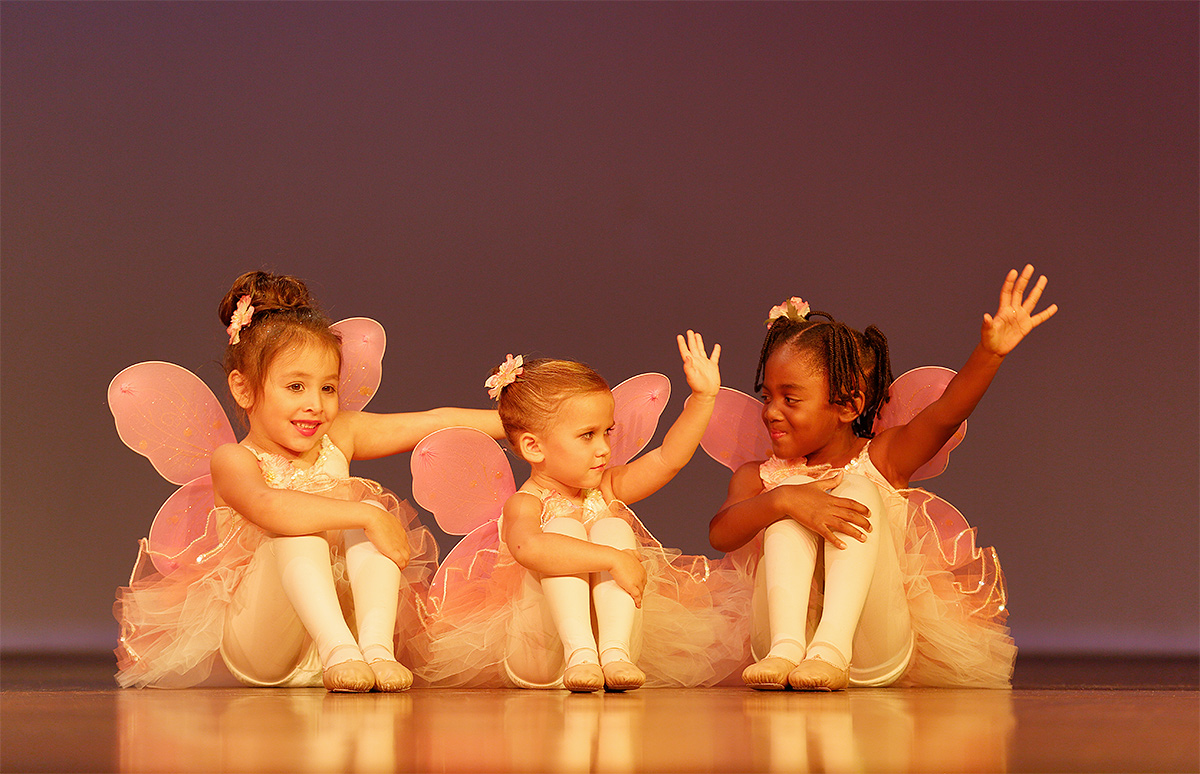













Hey Arty, thats why you buy the 100-400mm mk ii and the tamron 70-200mm vc.. 🙂
Confuseded 🙂 What’s why?
#3 is the clear favourite for me. The colours are great, with Maya’s hair matching the stage colour while at the same time contrasting with the colour of the dancer’s dresses, which match the backdrop. And all those matching colours pair perfectly (pun intended) with the synchronised poses of the two girls.
Hi Artie. You often use a phrase such as ” Three AF points up from the center AF point/One Shot/Rear Focus Spot AF as framed was active at the moment of exposure (as is always best when hand holding). The active AF point was on Maya’s right shoulder. Click here to see the latest version of the Rear Focus tutorial”. Please could you give a little tutorial on what you mean by that?
Hi Rick,
I am confused by your question…. Did you read the tutorial? I started off using rear focus on this shoot but then realized that shutter button AF would be much more effective. As far as the focus points, I meant exactly what I said….
What camera do you own? Do you know how to select the various AF Area Selection Modes? Do you know how to move the AF points?
artie
Thanks Artie. What I didn’t grip was what the phrase “active at the moment of exposure” applied to. Sorry if I wasn’t clear. I assume it applied to focus. Yes I did read, thank you.
Active at the moment of exposure means that you are in AI Servo and that the system was either tracking or holding focus. The opposite would be using One-Shot or rear focus, focusing, and re-composing. With the latter AF is NOT active at the moment of exposure. a
Aha! Thanks.
YAW. artie
The 3rd and last photo are my favorite.
I think the picture 1 has -1/3 to avoid burning the white skirt. It has grown much your granddaughter from other pictures I ‘ve seen of her dances . On the other hand you do agree with me read you my grandfather when he enjoyed his grandchildren !.
Good lesson , greetings and thanks!
🙂 Thanks Fernando. Good job on the exposure stuff.
Artie –
Maya has grown into a lovely young lady; she clearly loves what she’s doing.
#3 is my fave as well.
🙂 and thanks. artie
Even if you are photographing birds… the 70-200 2.8 ii focuses faster than the 100-400… so i you like to get a bird in flight, the 70-200 is probably gonna get the shot done better than the 100-400.
True with no TCs but that is not a fair fight :). And true then only if the birds are close…. Where do you live? a
Hi Artie,
Image one minus 1/3 because it’s on the black bodice of her costume. Meter will over expose the White skirt and likely her face too if left at zero.
Images 2+3 , when the metering is off a bright part of the image you need to add light to get better detail in the shadows. In this case the beautiful red hair.
My fav is image 3 .
Kind regards
DP
Oh and the last image, the one of the three little girls is my clear favourite—the skin colours are absolutely dynamic and glowing, like birds in a late setting sun.
As to image #1 the dark background w/b telling the meter to let in more light than you would want if you were to avoid overexposing the whites of her skirt so you went minus. On #s 2 & 3 the light tones of the bright floor and exposed skin would push the meter to reduce incoming light but you bumped the light up a bit to ensure you had enough for a good exposure of the dark tones of her hair?
#3 is my favourite, I love the posture of the dancers and the beautiful hanging auburn hair!!
Hi Arthur. Beautiful girl, great photos! I learn something from every post and I am grateful. Number 3 is my favorite because of the multiple limbs. It has a Hindu goddess quality to it.
Hey Artie & Denise: Heading to the UK and the Farne’s tomorrow. The National Trust membership you bought me last year is still good and will cover this photo shoot as well. Thanks. Maybe our paths will cross. June 29 will be my last day shooting on the Farne’s before heading up to Shetland for a few weeks.
Good luck with your IPT. Take care, Dave
Thanks and have fun. Our first day on the boat will be 30 June 🙁 later and love to you and Robin, a
Hey David, Sounds like we are just gonna miss each other by a day-ratz… Have fun and save us some shots!!
Maya has grown into a beautiful young woman. I would not even recognize her if I saw her again. Her hair is so long!!
Hi Art
Here is what i think about the questions posted.
Why -1/3 stop for image #1?
because the background is dark and it may overexpose the highlights of the subject.
Why was +1/3 stop right for images #2 and #3?
background which is lighter and i guess the lighting was not optimum so you had to add some light to get the correct exposure.
Why no plus compensation for Image #4?
I think the lighting was a bit weak and the darker background and dress kind of balanced with the skin highlights of Maya instructed the camera to expose longer. So if you add + compensation it may overexpose Maya.
All images are amazing but I think image 3 is the best.